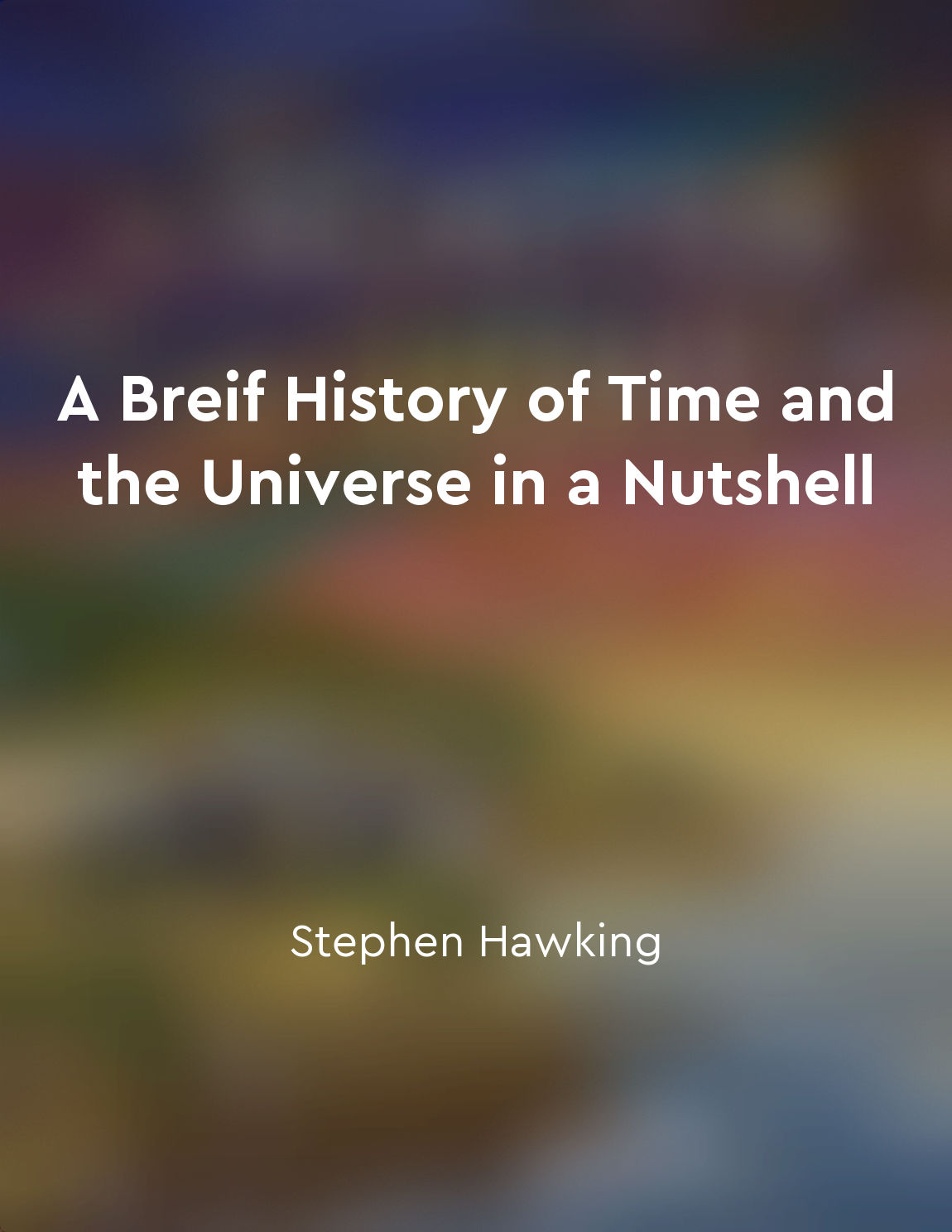Atoms exhibit waveparticle duality from "summary" of Atoms Under the Floorboards by Chris Woodford
Imagine for a moment that you're standing on the shore of a tranquil lake, watching as ripples spread out in all directions. Now, picture yourself in a laboratory, observing the behavior of tiny particles called atoms. Surprisingly, these two seemingly unrelated scenarios are connected by a fascinating concept known as wave-particle duality. Atoms, the building blocks of matter, are often thought of as solid particles with definite positions and velocities. However, when scientists delved deeper into the nature of these particles, they made a startling discovery: atoms also exhibit wave-like properties. Just as a pebble creates ripples in a pond, atoms can behave like waves, spreading out and interfering with each other in ways that defy our everyday understanding of matter. This dual nature of atoms was first proposed by pioneering physicists in the early 20th century, challenging centuries-old beliefs about the nature of reality. The concept of wave-particle duality suggests that atoms can exhibit characteristics of both particles and waves, depending on how they are observed and measured. This duality introduces a level of complexity and mystery into the world of atomic physics, forcing scientists to rethink their understanding of the fundamental building blocks of the universe. One of the key experiments that demonstrated wave-particle duality was the famous double-slit experiment. In this experiment, scientists observed how particles such as electrons behaved when passed through two slits in a barrier. Surprisingly, the electrons exhibited wave-like interference patterns on the detector screen, suggesting that they were not just particles but also waves. This phenomenon challenged traditional notions of particle behavior and opened up new avenues of exploration in the field of quantum mechanics. Wave-particle duality has profound implications for our understanding of the universe at the atomic level. It suggests that atoms are not just solid particles moving through space, but rather dynamic entities that can exhibit a wide range of behaviors depending on the context. This concept has revolutionized the way we think about matter and energy, paving the way for groundbreaking discoveries in physics and technology.- Wave-particle duality is a fundamental concept that underpins our understanding of the nature of atoms. By recognizing that atoms can exhibit both particle-like and wave-like properties, scientists have unlocked new possibilities for exploring the mysteries of the quantum world. This duality challenges our conventional notions of reality and invites us to delve deeper into the complex and fascinating nature of the universe at its smallest scales.
Similar Posts
The use of scientific methods
Scientific methods are the tools we use to find out about the world. They are the ways we discover truths about reality. These ...
Create new neural pathways in your brain
When you think the same thoughts, perform the same actions, and react in the same ways, you are essentially reinforcing the neu...

Universe expanding since Big Bang
The idea that the universe has been expanding ever since the Big Bang is a central concept in modern cosmology. When we look ou...
The restless dance of atoms
The world is made up of atoms. These tiny particles are in a constant state of motion. They never cease to move, vibrating, col...
The uncertainty principle at the heart of quantum mechanics
The uncertainty principle, a foundational principle of quantum mechanics, is a concept that has baffled and intrigued scientist...
Atoms play a crucial role in technologies such as nuclear power and medical imaging
Atoms are the tiny building blocks of matter that make up everything around us, from the air we breathe to the food we eat. The...
The origin of the elements
The universe is made up of a vast array of different elements, each with its own unique properties and characteristics. But whe...
The fabric of spacetime is malleable
The fabric of spacetime, as described by modern physics, is not the rigid and unchanging framework that we might imagine. Inste...
The restless dance of atoms
The world is made up of atoms. These tiny particles are in a constant state of motion. They never cease to move, vibrating, col...

